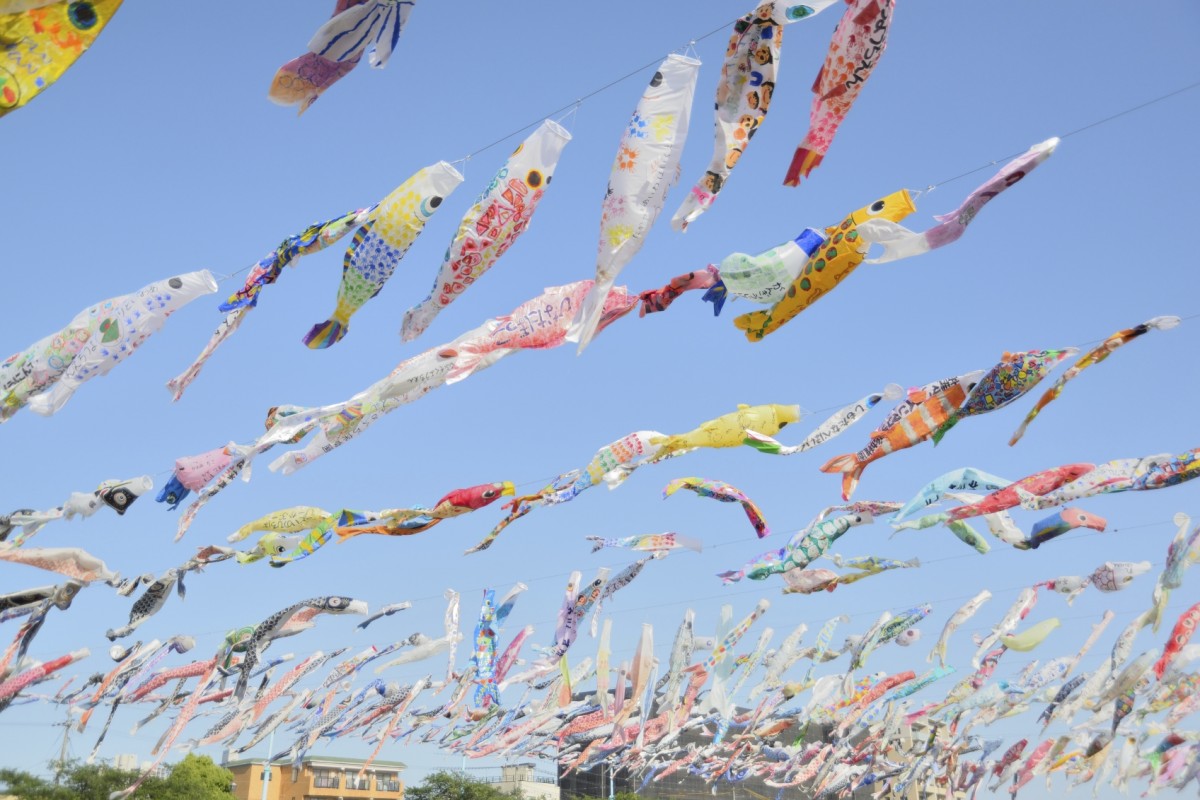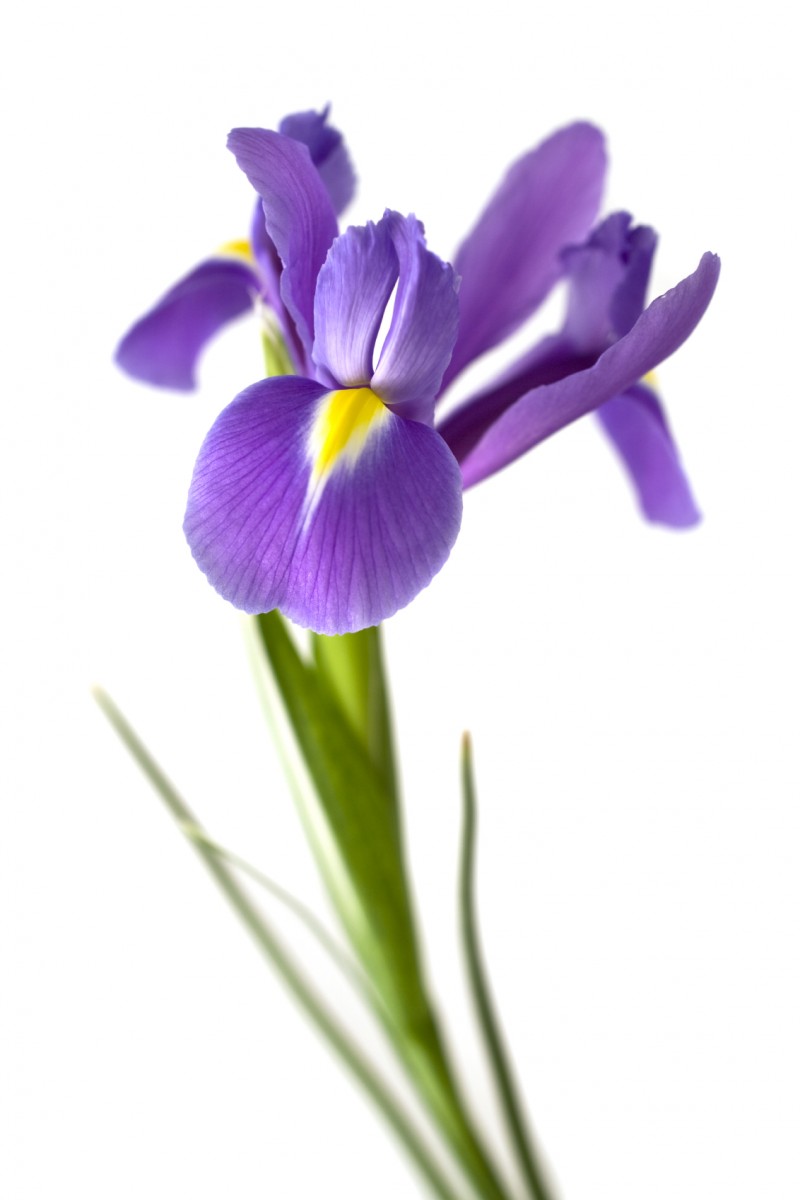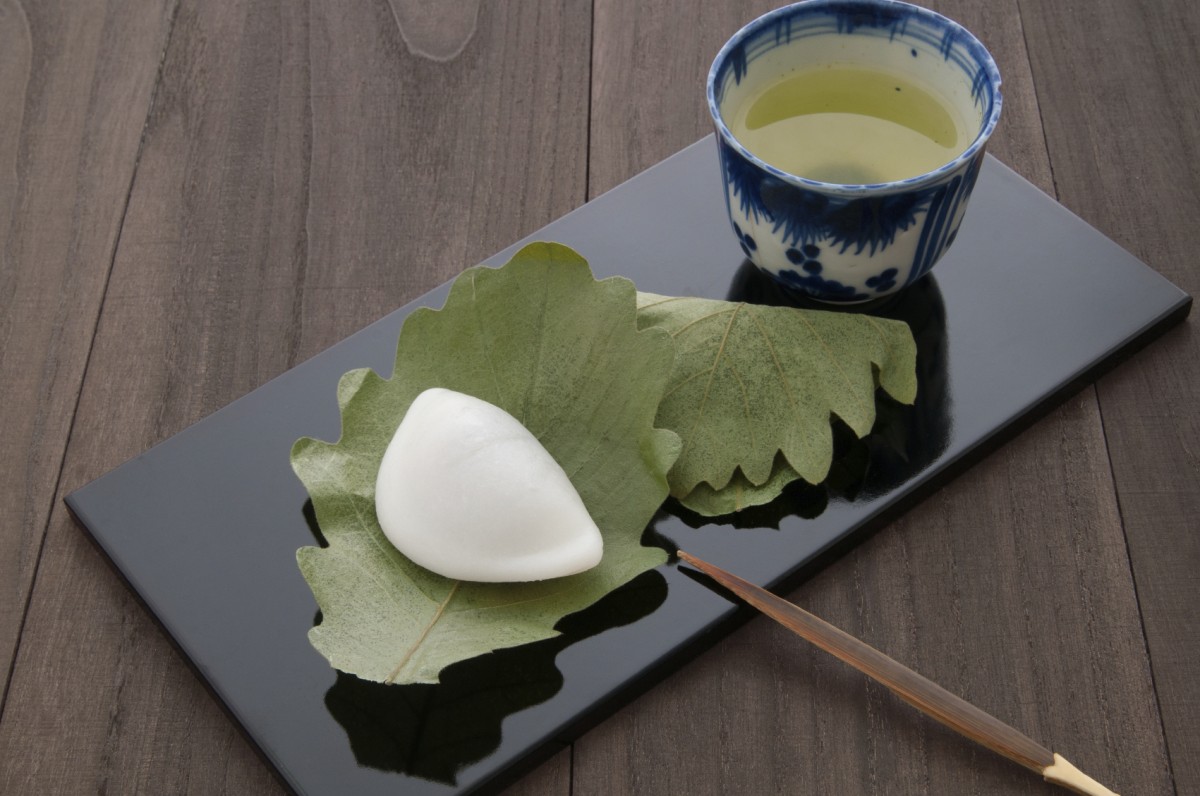日本文化を英語で説明しよう 子どもの日・端午の節句~Children's Day~
写真つきで分かりやすく解説!

日本人にとって当たり前すぎて疑問にも思わないこと、外国人に聞かれて困ることありますよね? 留学に行ったりすると会話には自国の文化の話題は欠かせないもの。でも起源や単語を調べて…、なんて結構大変な作業です。ここに「子どもの日」「端午の節句」についてまとめてみたので、会話に役立ててみましょう。
子どもの日ってどんなもの? 何するの?
What is “Children’s day”? What do you do?
5月5日は現在、国民の休日のひとつ「こどもの日」として知られていますが、もとは「端午の節句」の日でもあります。また、3月3日が女の子の成長を願う日であることに対し、この日は男の子の成長を願う日でもあります。
Children's Day ("kodomo-no-hi" or "tango-no sekku" in Japanese) is a national holiday in Japan held on May 5th. It is a celebration of the healthy growth of boys, much like hina-matsuri on March 3rd is a holiday to celebrate girls.
端午の節句のお飾りといえば、兜や鎧、武者人形がありますが、これらは江戸時代に武家から一般家庭にも広まりました。そののち、町民の間で武家が玄関に立てるのぼりに対抗して鯉のぼりを立てるようになりました。現在これらは、兜を内飾り、鯉のぼりを外飾りと呼ぶことで定着しています。
The main items used to celebrate tango-no sekku are the samurai helmet ("kabuto"), samurai armor ("yoroi"), and samurai dolls ("musha-ningyo"). Traditionally these were affordable only to the samurai class, however they widespread during the Edo period (1603-1868) to ordinary families. From that time on, Japanese families with young boys have been able to celebrate with these items. Families also display streamers resembling carp ("koi-nobori") at the front of their houses in imitation of banners displayed by samurai families.
In modern times, Japanese describe the kabuto and yoroi as "uchi-kazari" meaning indoor decorations, while koi-nobori are described as "soto-kazari" or outdoor decorations.

また、菖蒲の葉を飾ったり、湯船に浸けて菖蒲湯に入ったり、菖蒲酒を飲むことも祝い方のひとつとして知られています。これは、菖蒲の葉が刀の形に似ているので男子にとって縁起がいいとされていることと、「しょうぶ」 の音が武道を重んじる意味のある「尚武」、戦いを意味する「勝負」などの言葉との語呂合わせという説もあります。
Another essential item on tango-no sekku is iris leaves known as "shobu". Common ways to celebrate with shobu include sinking the leaves in a bath ("shobu-yu") or dipping it into Japanese traditional rice wine ("shobu-sake"). It is thought that the tradition of shobu started because the leaves are sword-shaped. Also, "shobu" sounds the same as the Japanese words meaning "for men to admire martial arts" and "match".

端午の節句は、ちまきや柏餅を食べてお祝いします。もちを包んでいる柏の葉は、新芽が出るまで葉が落ちないので、子孫繁栄の意味があるとされています。
On tango-no sekku, people also enjoy rice cakes wrapped in bamboo leaves ("chimaki") or rice cakes with red-bean jam inside ("kashiwa-mochi"). Kashiwa-mochi are wrapped in oak leaves, which were traditionally used to wish for the prosperity of descendants. This is because oak leaves do not fall from the tree until there is a fresh leaf ready underneath.


ライタープロフィール●Yurika L Fabre
結婚して10年目を迎えたオーストラリア人の夫と、ハーフの子どもたちと都内在住。アメリカ留学やひとり縦断旅、オーストラリアでのワーキングホリデーや大学生生活、仕事を経て学んだ文化や言葉の違いの面白さについて発信している。



















